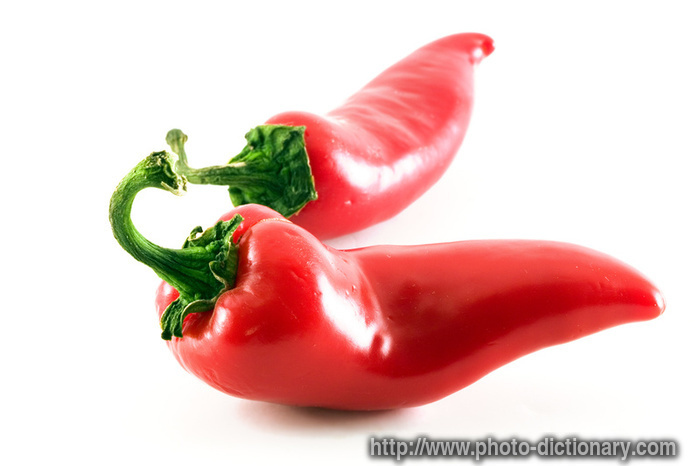Summer is the time where almost all of the trees bear fruits; plants bloom; vegetables flourish and the grasses go green. But when you start to notice that the leaves of the trees start to turn yellow and orange, you will know that its fall and pretty soon winter.
Free links directory - Free web directory of quality, family-friendly sites categorically organized. Offering paid and free listings.
Fall is actually the best part of season for a gardener. When one plants crops in late June to July, he will have some vegetables to harvest in fall. Here are four types of vegetables that are ideal for sowing and then harvesting in fall.
Juicy Red Tomatoes
 |
| tomatoes from the garden |
Do not be discouraged when the month of fall is approaching. This is actually the perfect time for sowing tomato seeds. Keep in mind that there are assorted varieties of tomatoes and they bear fruits at a certain time. Be sure to check this important aspect before planting tomatoes. Check the exact day when the first frost comes- you don't want to sow your seeds and have them frozen dead when Mr. Frost arrives!
Scorching Hot Peppers
 |
| photo from Yahoo images |
Peppers are excellent additions to a fall vegetable garden. Hot, red peppers such as Pimiento and Jalapenos; bell peppers and other members of the Capsicum family, when harvested, they are great for making tasty and spicy veggie salads. They can actually be stored in the freezer. Some cut the bell peppers into halves after washing them, seed them, then cut them further into strips before putting them in the freezer. I prefer just slicing them in halves and place them in zip lock bags.
Oh! Pumpkins
 |
| photo courtesy of allaboutpumpkins.com |
The best time to plant pumpkins is mid May to July. You will notice that they are actually sown in spring. Spring temperature is just like the coolness in fall season. The only variation between the two seasons is that in springtime the flowers bloom; in fall the flowers fade and trees shed their leaves. Pumpkins though do not get harvested until fall where they are big enough for making into pumpkin pies and being used as Jack-O-Lanterns in Halloween. There are two methods to plant this crop. You can sow pumpkin seeds either in pots, then thin them out and move them to the ground where they are to grow further. Another option is to plant them directly on the ground where they are to establish growth. Plant them in sets of 5; about 2 seeds per hole. Leave about a foot of space between pumpkins for even spreading of their vines. Never plant other crops along the pumpkin patch to avoid competition of nutrients. Pumpkins planted along other crops tend to have weak and spindly growth.
Lettuce
 |
| lettuce from the garden |
There are several species of lettuce that are grown for their distinctive taste when mixed in vegetable salads. These vegetables are usually sown in the months of April and May, but they multiply in late spring. Lettuce are sun loving but they dislike direct sunlight, thus, they are the first to get their leaves parched from the heat of the summer sun. Species of lettuce like that of Romaine, is ideally sown in late summer. They then mature when temperatures goes down 20 degrees Celsius.
When you have these nutritious vegetables to harvest, Thanksgiving Day will surely be a blast.
Bouncing Bear Botanicals - Rare, Sacred and Exotic Plants, Kratom and Enthogens
No comments:
Post a Comment